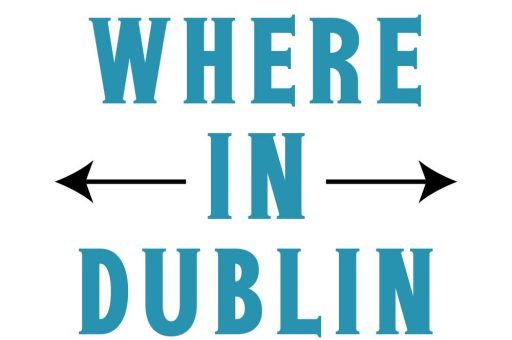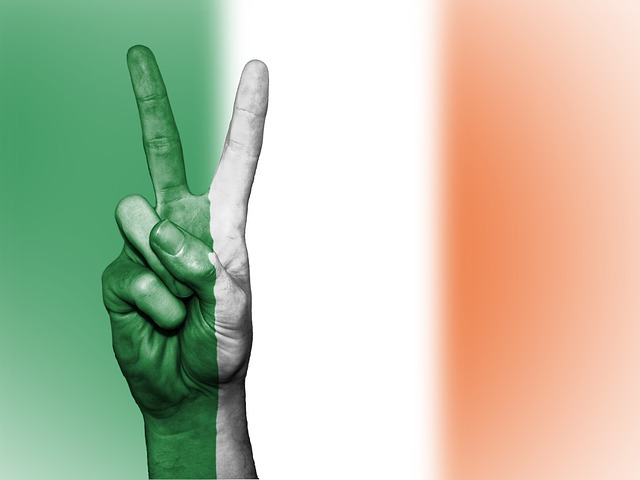Ireland Explained
Ireland is a country that captures the imagination. From rolling green hills to bustling cities and ancient castles, it’s a place where history and modern life collide beautifully. Whether it’s your first time visiting or you’re considering moving here, understanding Ireland goes beyond just a map, it’s about culture, food, nature, and the everyday lives of the people who call it home. From my own personal experience, there’s so much to explore in this small yet captivating country. Let’s break it down.
The Geography of Ireland
Ireland is often called the Emerald Isle, and the nickname is well-deserved. The island is divided into two parts: the Republic of Ireland and Northern Ireland. The Republic covers about five-sixths of the island, while Northern Ireland is part of the United Kingdom.
The Landscapes
Ireland’s landscapes are diverse and stunning. On the west coast, you’ll find rugged cliffs like the Cliffs of Moher. The south is home to lush valleys and serene lakes, while the east features rolling farmlands and lively cities. The Wicklow Mountains near Dublin offer hiking trails and scenic views, and Connemara in the west provides a more remote, untouched natural beauty.
The Climate
Ireland has a temperate oceanic climate. Summers are mild, with temperatures rarely exceeding 25°C (77°F), while winters are damp and cool but rarely severe. Rain is frequent, but it often comes as light showers rather than heavy downpours, which is part of why the island stays so green year-round.
Cities That Define Ireland
Dublin: The Capital of Culture
Dublin is where history and modern life meet. The city is famous for its Georgian architecture, vibrant nightlife, and literary history. The Trinity College Library houses the Book of Kells, a beautifully illustrated manuscript from the 9th century. For nightlife, Temple Bar offers lively pubs and street music that give Dublin its unique charm.
Cork: The Foodie Hub
Cork is known for its culinary scene. From local farmers’ markets to Michelin-starred restaurants, it’s a haven for anyone who enjoys food. The English Market, which has been around since 1788, is a great place to experience local produce, cheeses, and baked goods.
Galway: The Artistic Heart
Galway is a city full of creativity. Known for its music, art, and festivals, it feels smaller and more personal than Dublin. The streets come alive with performers, galleries, and local markets. Galway also serves as a gateway to the Aran Islands, where you can explore ancient forts and traditional Irish culture.
The Culture of Ireland
Irish culture is rich, rooted in centuries of history and traditions.
Language
English is widely spoken, but Irish (Gaeilge) is also an official language. You’ll see signs in both languages, especially in Gaeltacht regions where Irish is still the primary language.
Music and Dance
Traditional Irish music is vibrant and everywhere. Instruments like the fiddle, tin whistle, and bodhrán create lively tunes that often accompany dance. Step dancing, popularized by shows like Riverdance, is a core part of the cultural identity.
Festivals and Holidays
Ireland loves a good celebration. St. Patrick’s Day, celebrated on March 17th, is the most famous, but there are countless local festivals as well. From Galway’s Arts Festival to Cork’s Jazz Festival, these events highlight the country’s love for arts, music, and community.
Irish Food and Drink
Ireland has a cuisine that’s hearty and flavorful, often overlooked in favor of its landscapes.
Traditional Dishes
Classic Irish dishes include Irish stew, made with lamb or beef, potatoes, carrots, and onions. Boxty is a type of potato pancake, and soda bread is a staple in most households. Seafood is abundant, especially on the west coast, with fresh fish and shellfish available in markets and restaurants.
Drinks
Ireland is famous for its drinks, particularly Guinness, the world-famous stout. Whiskey lovers will enjoy visiting distilleries in Cork, Dublin, and Kilbeggan. Pubs play a central role in social life, offering a place to enjoy music, conversation, and, of course, a pint.
The History of Ireland
Ireland’s history is long, complex, and fascinating.
Ancient Ireland
From prehistoric tombs like Newgrange to Iron Age forts, the island has been inhabited for thousands of years. Celtic culture shaped much of the early history, leaving behind art, mythology, and early language.
Medieval Ireland
Castles, monasteries, and cathedrals tell the story of medieval Ireland. Norman invasions in the 12th century and later English rule influenced politics and society. Many towns, including Kilkenny and Limerick, have preserved these medieval structures.
Modern Ireland
The 20th century brought significant change. Ireland gained independence from the United Kingdom in 1922, forming the Republic of Ireland. Northern Ireland remained part of the UK, which led to decades of political conflict known as The Troubles. Today, Ireland is a peaceful, modern country with a strong economy and vibrant culture.
Travel Tips for Ireland
Getting Around
Driving is a great way to explore, especially the countryside, but buses and trains are reliable between major cities. Roads in rural areas can be narrow and winding, so take care when driving.
Accommodation
From cozy bed and breakfasts to luxury hotels, Ireland offers accommodations for every budget. Staying in a traditional B&B is a great way to experience local life and enjoy home-cooked breakfasts.
Best Time to Visit
The best time to visit is between May and September when the weather is milder and days are longer. However, the shoulder seasons of April and October can also be pleasant and less crowded.
Exploring the Countryside
The Wild Atlantic Way
The Wild Atlantic Way is a coastal route stretching over 2,500 km along the west coast. It offers dramatic cliffs, charming villages, and plenty of opportunities for hiking and photography.
The Ring of Kerry
This scenic drive in County Kerry is a must-see. It features mountains, lakes, and beaches all in one route. Stopping at small towns along the way gives a taste of Irish hospitality.
Hidden Gems
From my own personal experience, some of the best spots in Ireland aren’t in guidebooks. Small villages, quiet beaches, and remote hiking trails often provide the most authentic experience of the country.
Irish People and Daily Life
Irish people are known for their friendliness and humor. Communities are close-knit, and hospitality is genuine. Conversation often revolves around local events, sports, and music.
Sports
Gaelic games, including Gaelic football and hurling, are very popular. Rugby and soccer also have strong followings. Attending a local match is a fun way to see community pride in action.
Education and Work
Education is highly valued, and many towns have strong schools and universities. Ireland also has a growing tech sector, attracting international companies and startups. Daily life balances work, family, and social activities, often centered around community events and local pubs.
Conclusion
Ireland is more than just a beautiful landscape, it’s a place full of culture, history, and vibrant communities. From bustling cities to serene countryside, the country offers experiences for everyone. Whether it’s enjoying traditional food, exploring ancient castles, or simply chatting with locals in a pub, Ireland leaves a lasting impression. From my own personal experience, every visit reveals something new, making it a country worth exploring again and again.


